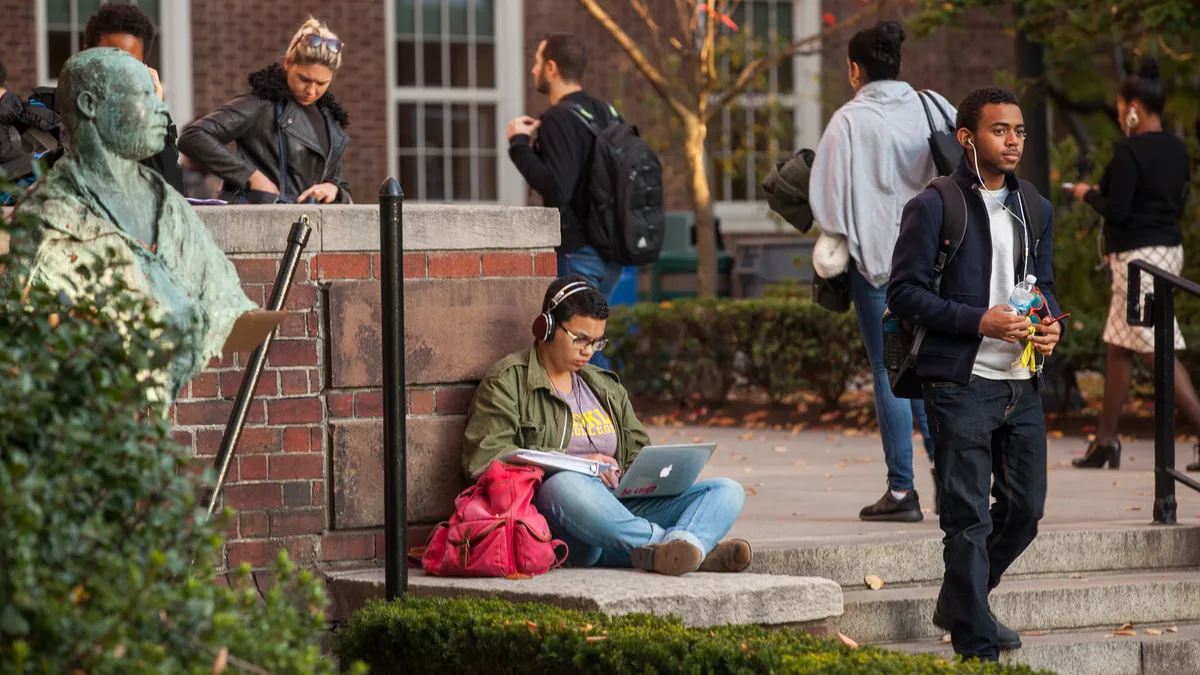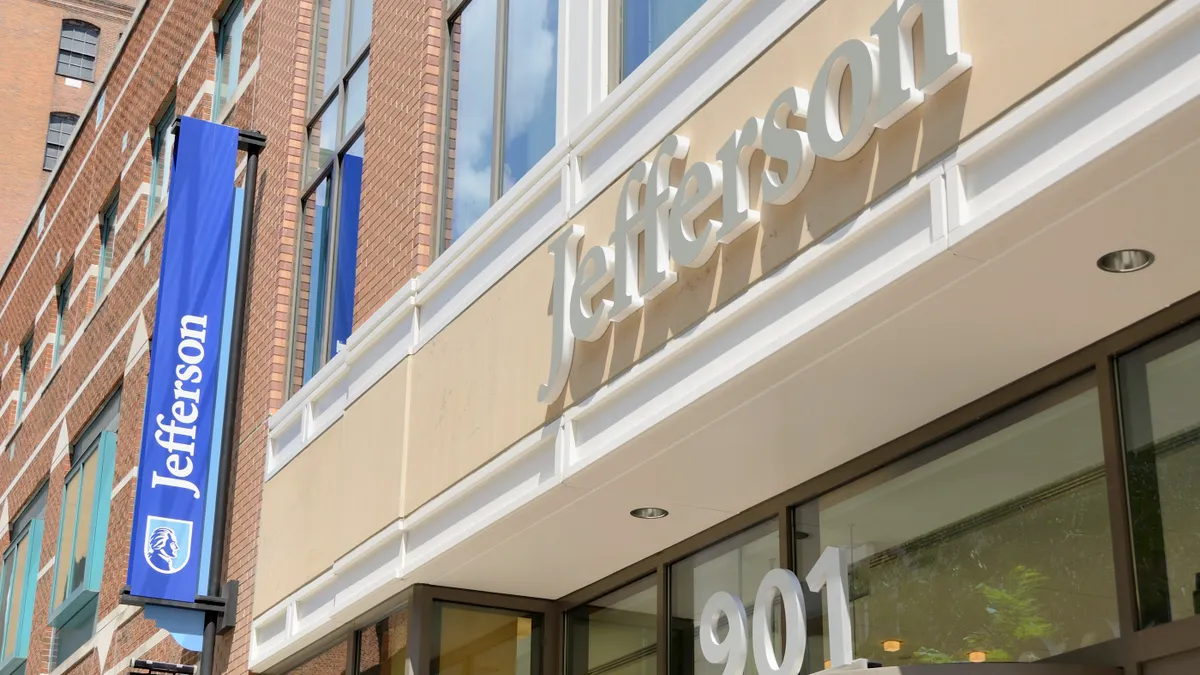William Thompson Jr. is the City University of New York Board of Trustees chairperson and Vita Rabinowitz is the interim chancellor.
The nation's soaring higher education debt burden and its painfully low college graduation rates, particularly at two-year institutions, are at least in part the products of failed remediation policies at colleges and universities across the country.
Traditional remediation programs cause students to burn through limited financial aid to pay for non-credit bearing courses and to fall behind their peers in the pursuit of credits and a degree.
Worse still, the courses are often unnecessary. Students who could succeed at credit-bearing coursework with the appropriate supports are placed in remedial programs on the basis of standardized tests of dubious predictive value. Indeed, a major study found that as many as 29% of students who tested into English remediation could have earned a B or better in a credit-bearing course — without the benefit of any remedial help.
And the remedial programs themselves serve only to make it more likely that a student will end up dropping out.
A large body of rigorous research over the past decade plainly shows that traditional remediation — sequences of noncredit courses typically taught in the lecture-and drill-format — is simply not effective. The City University of New York's (CUNY's) outcomes mirror findings across the country: Even after two years of attending college, most students who start in traditional remediation lag far behind their classmates in making progress toward their degrees.
Not only are such students failing to complete general education requirements, but they are effectively barred from starting majors that might engage them in their studies. They are also exhausting their financial aid.
Not surprisingly, only about 28% of community college students who start college in remediation earn a degree in eight years. Additionally, research shows students who are assigned to remediation are much less likely to earn a degree than students not assigned to remediation.
"We encourage our fellow academic leaders to reconsider the role of remedial education and to use the concepts we've developed to find their own paths to improving student outcomes."

William Thompson Jr. and Vita Rabinowitz
Fortunately, there is a better way. For one, we know the best predictor of student success in college is high school grades. Like the State University of New York and other university systems across the country, at CUNY we are incorporating high school grades in our placement algorithms while keeping assessment tests, such as the SAT, as a component in determining college readiness.
In addition to knowing how to make smarter, more appropriate placements, we have learned of better ways to work with under-prepared students. Research shows "co-requisite" courses improve students' learning, as well as their chances of earning a degree. In co-requisite courses, students with some remedial needs are enrolled directly into credit-bearing courses with mandatory additional supports, like workshops, study sections and tutoring. We are moving to transform traditional remedial courses at CUNY to the co-requisite model.
Of course, the best way to ensure our students succeed is to make sure they come to us college-ready from the start. To that end, CUNY is greatly expanding its successful pre-matriculation remedial programs, including those in public high schools. CUNY Start and Math Start have shown particularly strong results. Our Lessons in Navigating College Transitions (LINCT) program targets high school seniors on track to graduate from high school but who might not be CUNY proficient.
CUNY in no way is lowering its academic standards. Our graduation requirements and standards in credit-bearing courses and all majors remain unchanged.
What we are doing is removing obstacles to getting a college degree. The early returns are promising. In the fall 2017 semester, our new placement and remediation policies resulted in 900 more students taking and passing a credit-bearing math course than a year earlier, a jump of nearly 20%.
All of these initiatives are part of CUNY's commitment to finding new ways to open the door of opportunity as wide as our students need. In doing so, we have come to believe that it is not just about our university and our students. These are challenges that face higher education across the country. We encourage our fellow academic leaders to reconsider the role of remedial education and to use the concepts we've developed to find their own paths to improving student outcomes.










